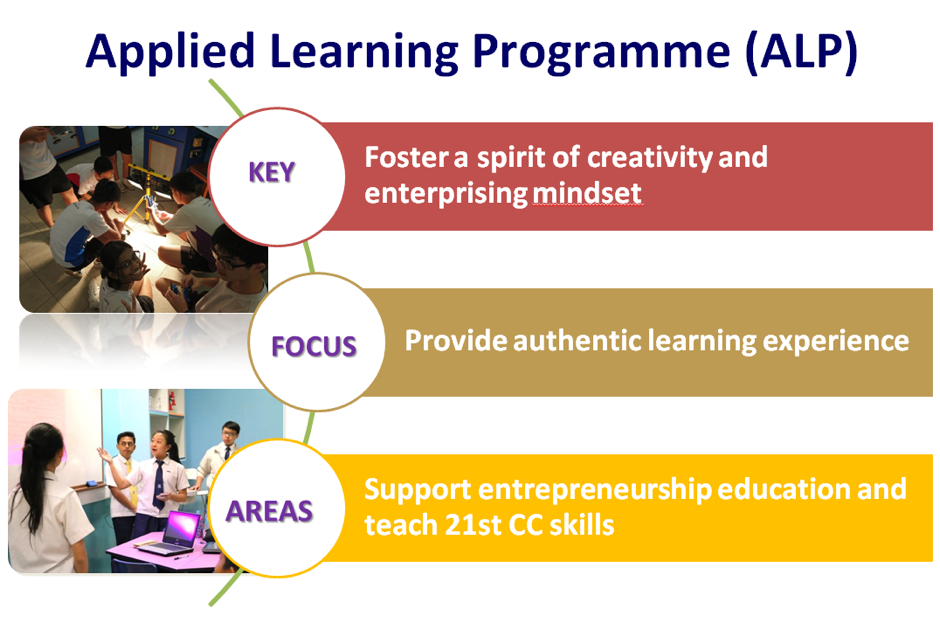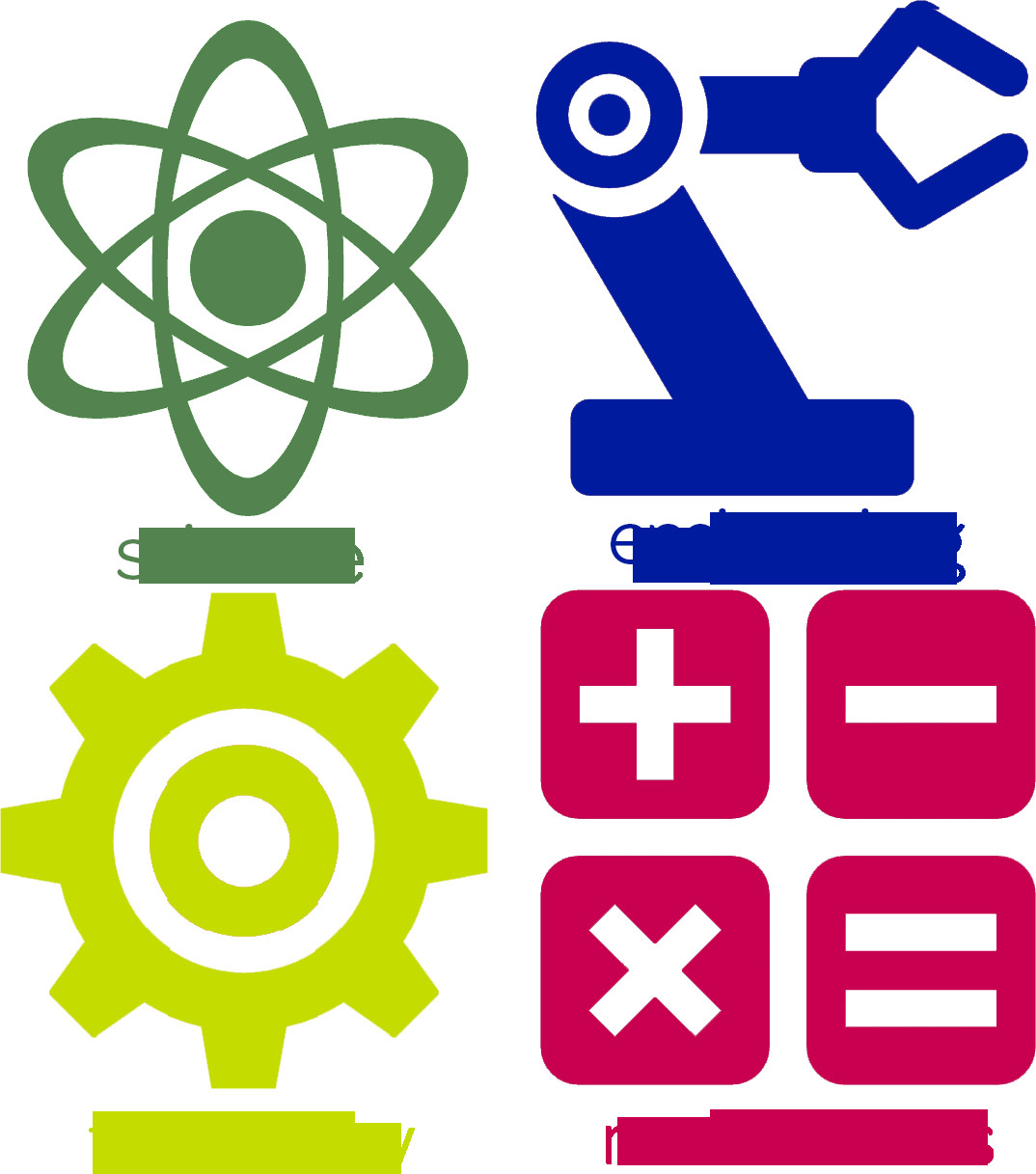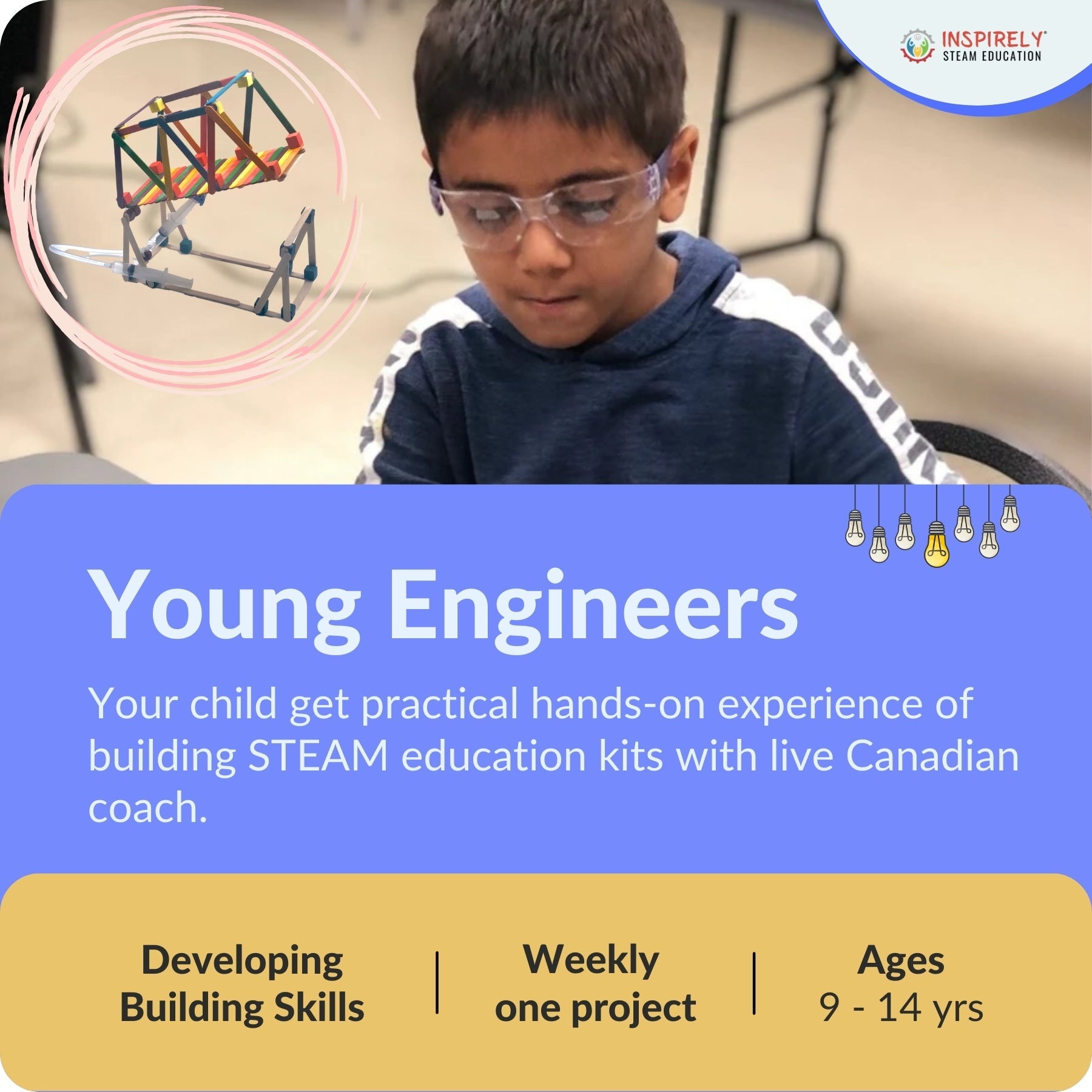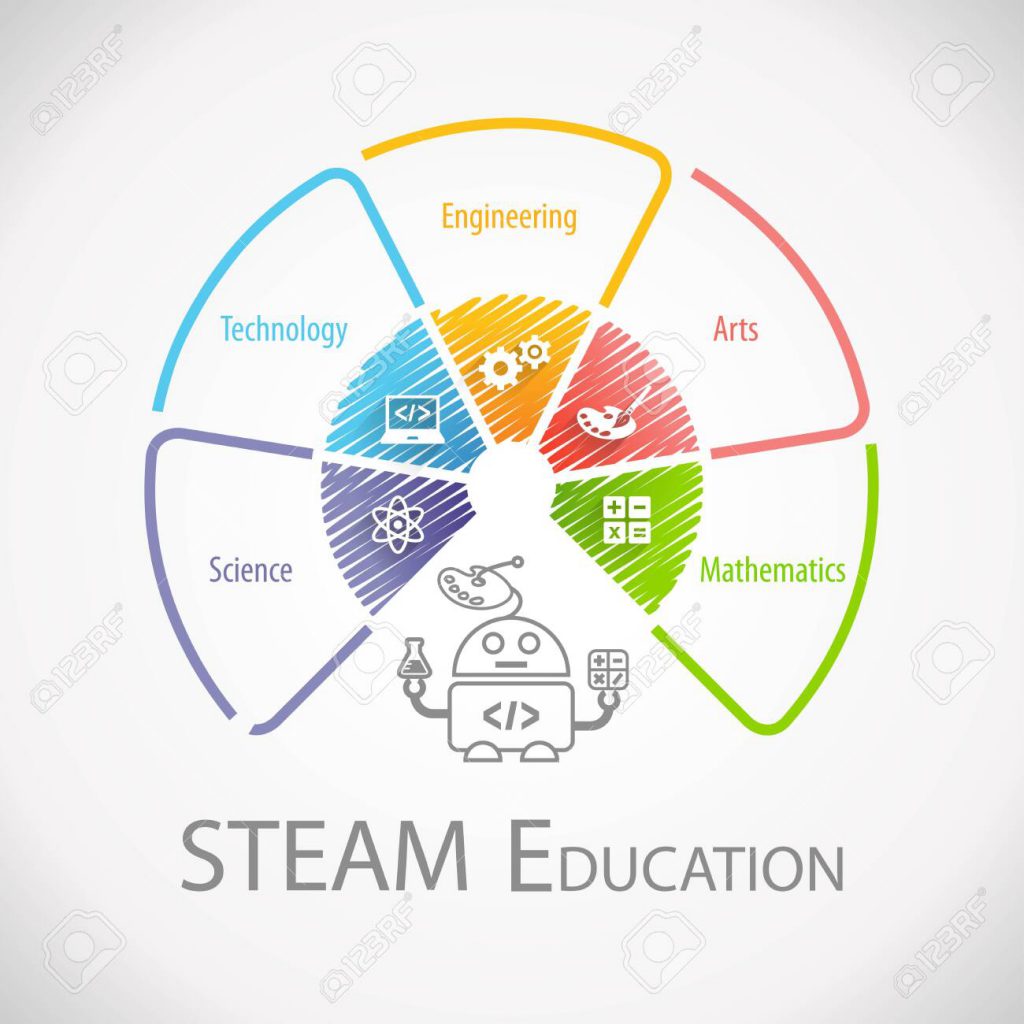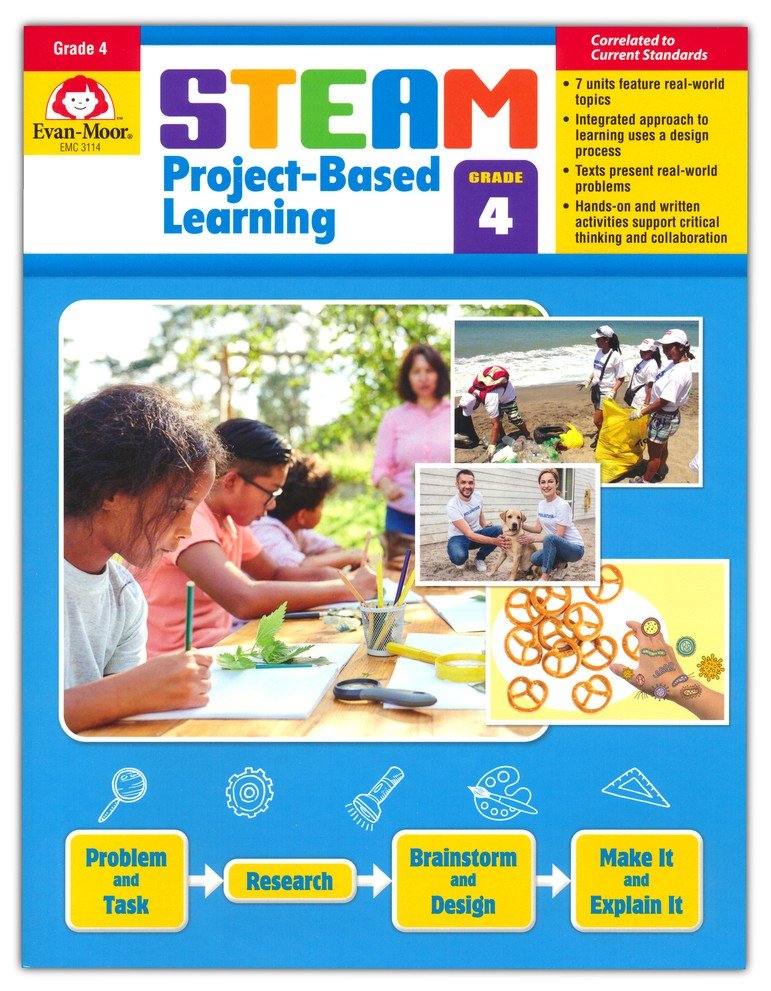Co-Teaching Techniques for Effective Collaboration
Co-teaching, when done right, can be a powerful collaboration between educators to create an inclusive and enriching learning environment. Here are some effective techniques that co-teachers can employ for successful collaboration.
Establish Clear Roles and Responsibilities
One of the first steps to effective co-teaching is establishing clear roles and responsibilities for each educator. Determine who will take the lead in different aspects of the lesson, such as instruction, assessment, behavior management, or individualized support. By defining roles, co-teachers can avoid confusion and ensure that each educator contributes meaningfully to the lesson.
Communicate Openly and Frequently
Communication is the cornerstone of successful co-teaching. Co-teachers should maintain open lines of communication, sharing ideas, concerns, and feedback regularly. Schedule regular planning meetings to discuss lesson plans, student progress, and any adjustments needed. Use shared documents or communication tools to stay organized and on the same page.
Utilize Each Educator’s Strengths
Co-teaching allows educators to capitalize on each other’s strengths and expertise. Identify the strengths and specialties of each co-teacher, whether it’s in content knowledge, classroom management, differentiation, or technology integration. Assign tasks based on these strengths to maximize the impact of the collaboration.
Implement Differentiated Instruction
One of the key benefits of co-teaching is the ability to provide differentiated instruction to meet the diverse needs of students. Co-teachers can plan lessons that offer various entry points, activities, and assessments to accommodate different learning styles and abilities. Use flexible grouping strategies to provide targeted support and challenge for all students.
Foster a Positive Classroom Culture
Creating a positive and inclusive classroom culture is essential for effective co-teaching. Co-teachers should model respect, cooperation, and teamwork for their students. Encourage a sense of community and belonging where every student feels valued and supported. Implement positive behavior reinforcement techniques to promote a safe and welcoming learning environment.
Use Co-Teaching Models
There are several co-teaching models that educators can choose from based on their teaching styles and the needs of their students. Some common models include team teaching, parallel teaching, station teaching, and alternative teaching. Experiment with different models to find the ones that work best for your co-teaching partnership and the learning objectives.
Provide Ongoing Professional Development
Continuous learning and growth are essential for co-teachers to enhance their collaboration and effectiveness. Engage in professional development opportunities together, such as workshops, conferences, or online courses. Stay updated on best practices in co-teaching, differentiated instruction, and inclusive education to improve your teaching partnership.
Utilize Technology Tools for Collaboration
Technology can be a valuable ally in co-teaching, enabling educators to collaborate, plan, and assess student progress more efficiently. Use shared online platforms, such as Google Drive, Microsoft Teams, or ClassDojo, to collaborate on lesson plans and share resources. Explore educational apps and software that support differentiated instruction and student engagement.
Monitor Student Progress and Adjust Accordingly
Regularly monitor student progress and assess the effectiveness of your co-teaching strategies. Use formative assessments, observations, and student feedback to gather data on student learning and engagement. Reflect on what is working well and


